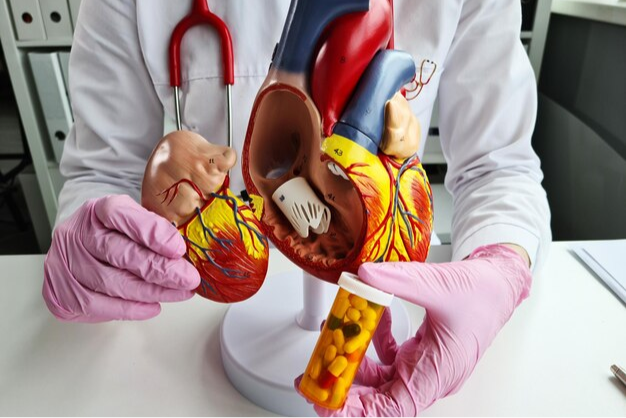
Caritas Heart Institute
Cardiovascular Exercise: A Key to a Healthy Heart
December 2023

Atrial Fibrillation (AFib) is a common heart rhythm disorder that affects millions of people worldwide. It can lead to a range of health issues, including an increased risk of stroke and heart failure. Fortunately, advancements in cardiology have led to innovative treatments for AFib, one of which is catheter ablation. In this article, we'll explore the ins and outs of treating atrial fibrillation with ablation, providing you with the information you need to better understand this life-changing procedure.
Understanding Atrial Fibrillation (AFib)
Atrial Fibrillation is a heart rhythm disorder characterized by irregular and often rapid heartbeats. Instead of the normal, coordinated electrical impulses that regulate your heart's rhythm, the upper chambers of the heart (atria) quiver erratically. This can lead to a range of symptoms, including palpitations, shortness of breath, fatigue, and an increased risk of blood clots and stroke.
What Is Ablation?
Ablation is a medical procedure used to treat heart rhythm disorders like AFib. It works by identifying and isolating the areas of the heart that are causing abnormal electrical signals, restoring a more regular heartbeat.
The Ablation Procedure
Benefits of Ablation for AFib
Atrial Fibrillation can significantly impact your life and pose serious health risks, but ablation has emerged as a highly effective treatment option. By targeting the source of the abnormal electrical signals in the heart, ablation can restore normal heart rhythm and provide relief from AFib-related symptoms. If you're struggling with AFib, it's crucial to consult with a cardiologist or electrophysiologist who can assess your specific situation and determine whether ablation is the right choice for you. With this innovative procedure, you can look forward to a healthier and more vibrant life, free from the constraints of atrial fibrillation.

Caritas Heart Institute
December 2023